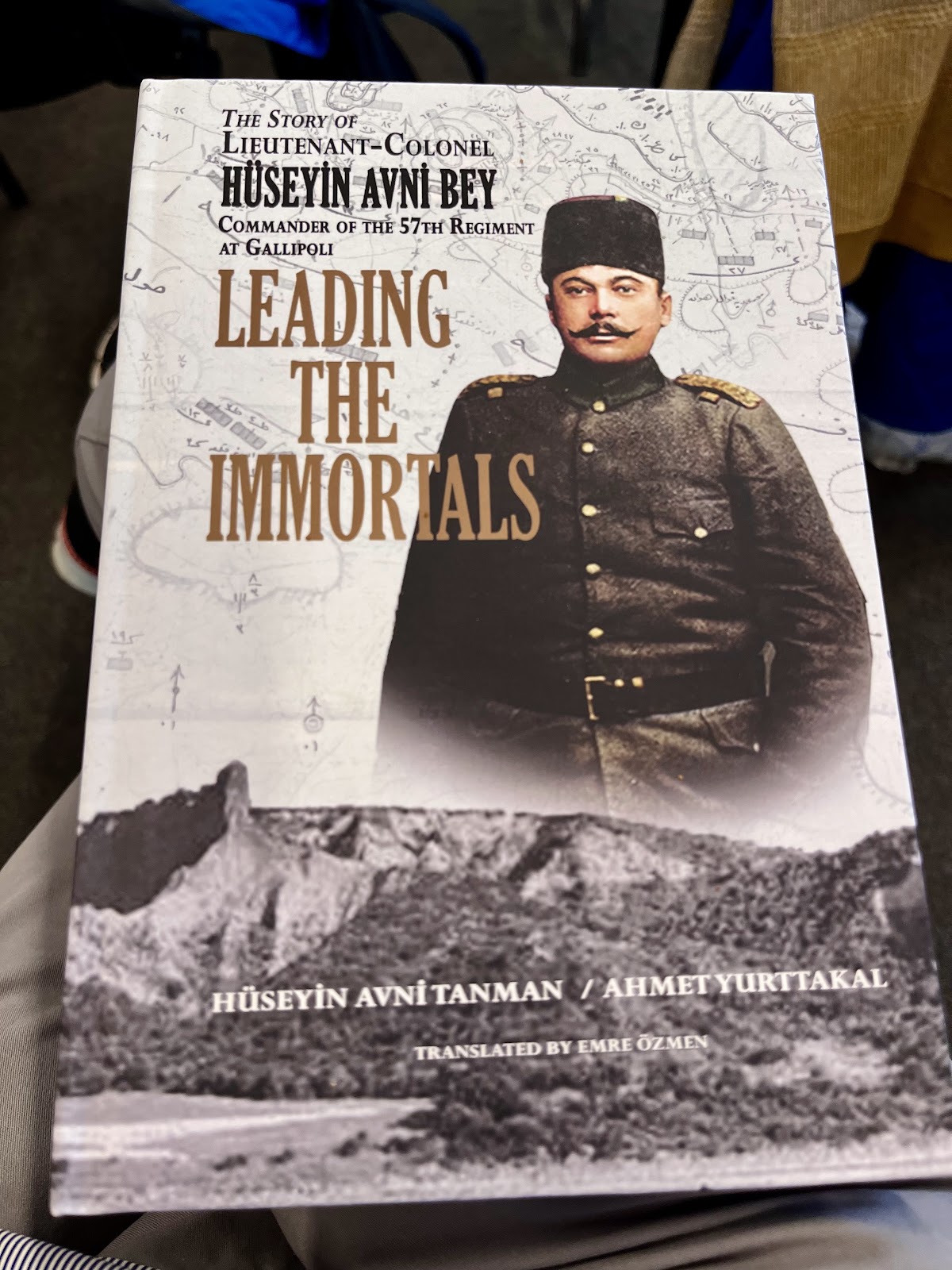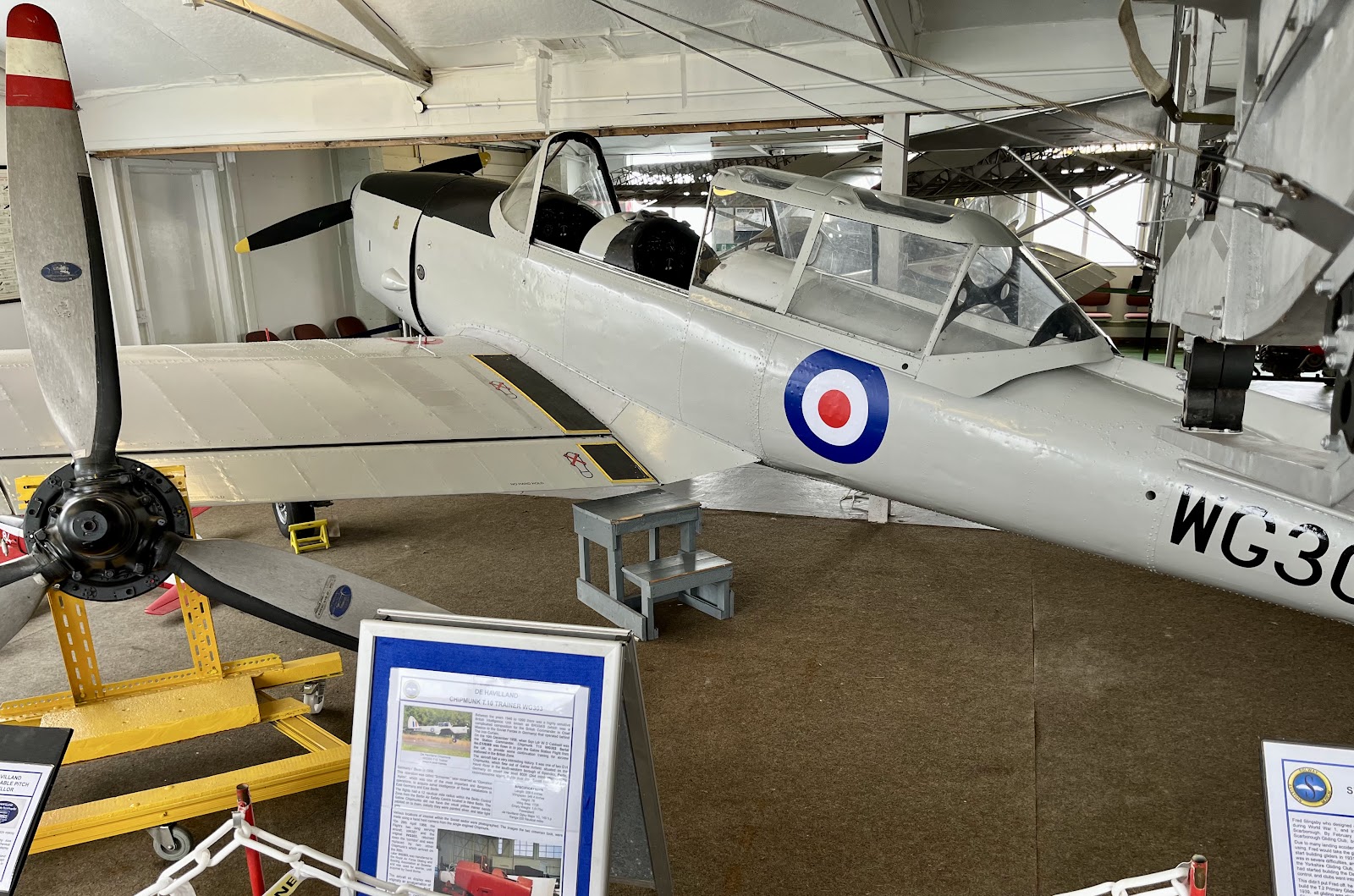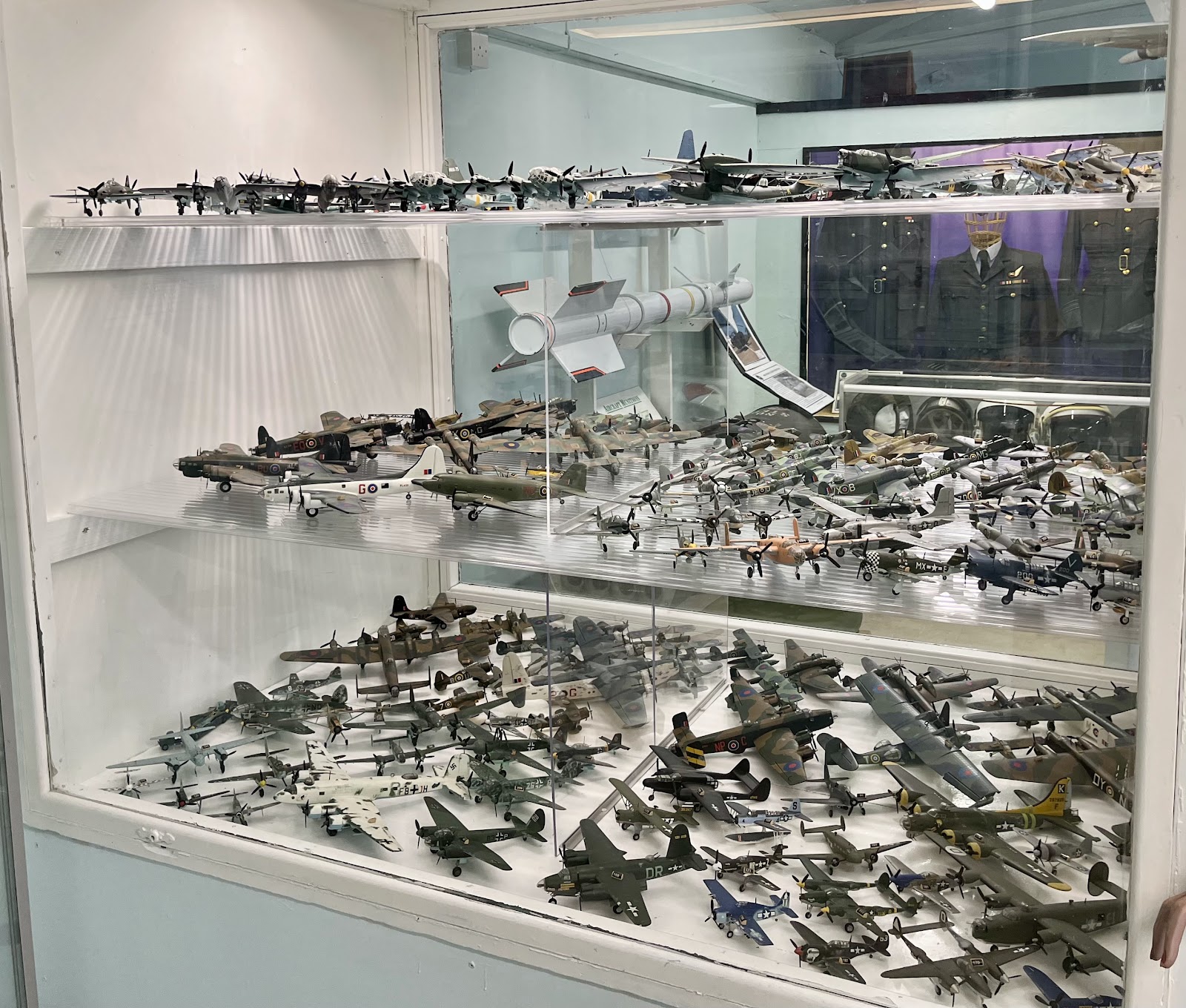I am generally attracted to niche history, specific periods or events. However, I picked up this 'big history' book by Orlando Figes on my travels. My current project involves a significant amount of Russian sources, so I thought it would be a good idea to step back and take a broader view.
This book has been described as a '300-page breeze through Russian history', so there are compromises. Russia is a big country with a big history. And it is a contested history, certainly over the foundation myths. Let's be clear, the author won't be on Vladimir Putin's Christmas card list (if he has one) because he challenges the Kremlin's version. As he says, the conflict between Russia and Ukraine over Volodymyr/Vladminir as the founder of Russia "is not a genuine historical dispute, but two incompatible foundation myths". The Kievan Rus myth was developed for nationalist purposes, and it is not the first time in Russia's history.
This is not just a narrative history. The themes are built around some key questions. Why is Russia so big? How was it able to expand and incorporate so many nationalities? And why did it develop as an autocratic state?
The early Russ probably developed better relations with the Khazar tribes than is generally assumed, initially as vassals. Trading relations with the steppe tribes were important, but it was military power that enabled the Rus to emerge as the Khazar state declined. That expansion and independence were put on hold when the Mongols appeared. While Alexander Nevsky was defeating the Swedes and the Teutonic Knights, he also collaborated with the Mongols in suppressing revolts. That history is a challenge for the chroniclers after he was made a saint. The Mongol and Tatar legacy tends to be downplayed in Russian history, but it is evident in the language, family names, and places.
The current Russian regime claims that it was never a colonial power. The chapter on Ivan the Terrible's genocidal colonial expansion into Siberia (and Alaska) contradicts this, and Catherine's expansion into the Pontic Steppe, Crimea, and the Caucasus also debunks the myth. None of these lands is ethnically Russian; they were colonised. Russian Tsars, from Peter the Great, saw themselves as a European state, and colonised the indigenous peoples in the same way as others.
When we reach the 19th century, the question of governance comes to the forefront. There were attempts to develop liberal institutions and representative local government. Alexander had liberal sympathies, but Napoleon's invasion put a halt to that. The Decemberist Revolt of 1825 failed, and Nicholas adopted repression as part of his fear of further revolution. The Third Department, a precursor to the KGB and FSB, was established during this period. The revolutions of 1848 confirmed his worst fears, prompting him to intervene in Poland and Hungary. The humiliation of the Crimean War was a further retrenchment in internal reform.
The big chance came in the 1860s, with at least basic education, some liberal institutions, the abolition of serfdom, and a partial form of local democracy. However, the Tsar's assassination in 1881 brought Alexander III to the throne, and all the usual vested interests persuaded him to reverse the reforms. It was downhill from there as he restored the autocratic principle, which inevitably led to revolution, civil war, and eventually the likes of Stalin. Putin is simply the latest iteration of that autocracy. As Figues puts it, 'Twice in the Twentieth century, in 1917 and 1991, the autocratic state has broken down, only to be reborn in a different form." He spends the last chapter exploring why that might be, but in essence, the answer is history. The Ukrainian war shows how dangerous historical myths can be when used by dictators to reinvent their country's past.
If you want to understand the current state of Russia and its key turning points in history, I recommend this book. Fascinating and very readable.
 |
| Some of my Russ cavalry in 28mm |























